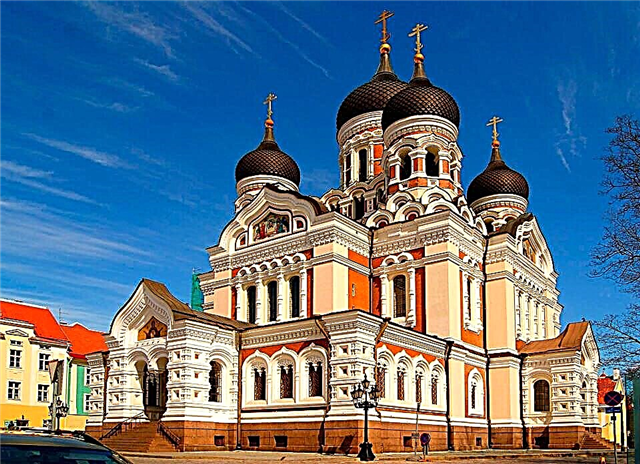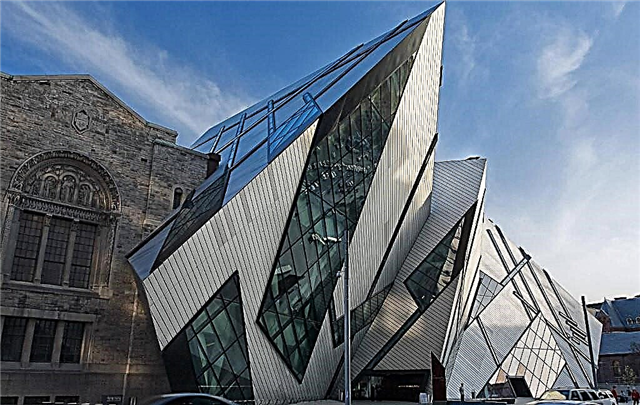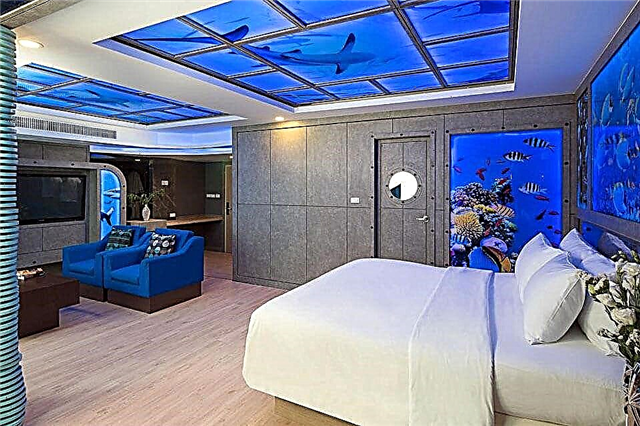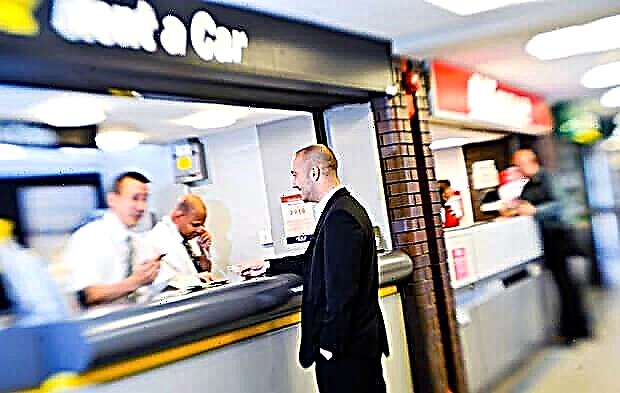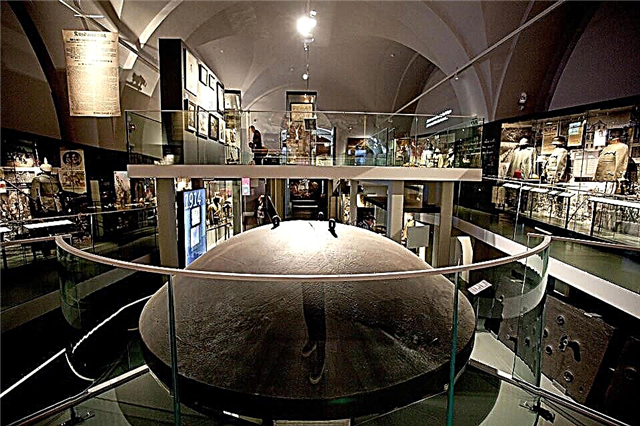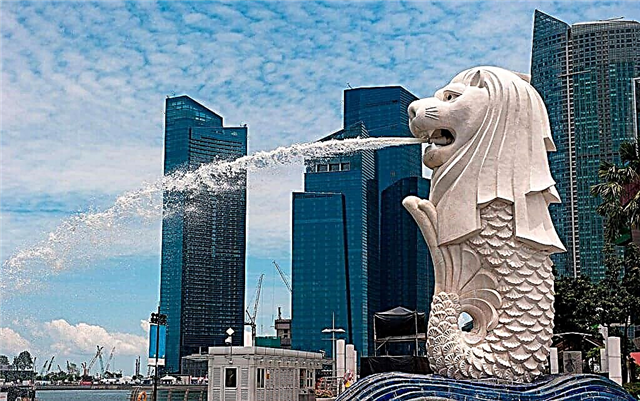The small country of Singapore attracts travelers who want to learn more about the mysterious islands washed by the waves of the Indian Ocean. While walking along the Clarke Quay, which is a landmark of the city - state of Singapore, you plunge into an amazing atmosphere created by a harmonious combination of culture, traditions of different peoples inhabiting the famous "Lion City" that came from ancient legends. Talking about the embankments of the city, stretching at a distance of more than 3 km, can take a long time. Travelers will always admire them, marvel at rare architectural structures. At the same time, the question will certainly arise who, when, why created such beauty on the banks of the Singapore River?
History
The development of the waterfront cannot be viewed in isolation from the history of Singapore. Now it is considered the main attraction for tourists to the city. The origin of life in this place, located near the equator, is associated with the famous Singapore River. The historic center of the country, the city, grew up next to a waterway starting near the Kim Saint Bridge and ending at the shore of a bay called Marina Bay. Now there are three embankments, which have become the center of the country's tourism infrastructure. Although earlier the river bank was used for the purpose of an industrial trade zone.
Numerous trading berths and wharves made the river the main transshipment point for goods in Southeast Asia in the years of the 19th century. Huge warehouses with rare goods valued in Europe, for example, spices, exotic offerings in the form of shark fins, and swallow's nests filled endless storage facilities. In Chinese documents dating from the 3rd century, Singapore was called the Javanese name Tumasik. Even then, it was an important point of trade for the Srivijaya empire, the center of which was in Sumatra.
Residential buildings and government buildings appeared on the coast in all directions. The neighborhood of a dirty river, noisy ports, floating barges disturbed the residents of the city. The decision to clean up the river and change its status was made in the 20th century. Cargo ships began to be suitable for unloading at the new berths of Boat Quay, Clarke Quay, Robertson Quay, and the embankment turned from an industrial zone into a favorite place for tourists.
Description

Already at the first stage of the reorganization of the embankment, the district acquired a modern look. Chinese entrepreneurs used existing docks, warehouses, abandoned ships, old barges for cafes, restaurants, trendy dance clubs, floating bars with live music. Glittering ships, beautiful excursion boats filled with tourists from different countries now approach the docks of the old commercial marinas. This is how modern Singapore was born. The capital of one of the most prosperous countries in the Asian region. Sir Andrew Clark, acting as the second governor of Singapore, made a great contribution to the organization of the modern waterfront. In honor of him, the embankment is named, which has become the center of the city's nightlife.

Even on hot evenings on the embankment it is easy to breathe thanks to the numerous air conditioners equipped along all the streets. The sounds of music coming from numerous cafes, clubs, bars, open verandas invite everyone to the epicenter of Singapore's nightlife.

Numerous sculptures decorating the sidewalks, illuminated in an original way at night, are easily confused with the figures of living people. They complement the waterfront ambience with a mysterious Asian spirit amid historical and contemporary architectural masterpieces. Among them, the figure of a mythical animal with the head of a lion and a fish tail, named Merlion, stands out majestically. According to an ancient legend, the monster protected the inhabitants from enemies. From his eyes, which lit up with bright fire at the sight of the enemy, a stream of fire burst out, incinerating the enemy. During a severe storm, he rescued sinking ships from the water. By the way, the mythical animal has become a symbol of the country. A monument in the form of a beautiful fountain in the form of a creature was built in the city by the design of the sculptor Lim Nang Seng in 1972.
What to see

Walking along the embankment, the atmosphere of coexistence of the traditions of Eastern and Western cultures is striking. Starting with the usual treats, without which no trip is complete, you can equally successfully taste dishes of Indian, Chinese, Spanish, Brazilian, Irish, Russian cuisines. Cafes, pubs, bars, restaurants invite with glowing advertisements to try local drinks and treats. Together with a pleasant dinner, you can admire the fabulous panorama of the night city. Those present get an unforgettable impression looking at the millions of multi-colored lights reflected in the calm waters of the river. Or, sitting in a small garden of a cafe, under decorative ficus trees, palm trees, surrounded by rare flowers of potted plants.
You cannot pass by the illuminated central fountain on the embankment. Jets of clear, clean water fly out of the ground and watered vacationers. An interesting attraction for lovers in the form of a net with locks that they fasten, and the key is thrown into the water. It is located near the local metro station. Or the adventure of daredevils G-Max Reverse Bungy in the form of an open capsule attached to a cable. The aircraft is popular with the most courageous visitors. The famous flea market always offers interesting deals on Sundays. The huge shopping centers Clarke Quay Central, Liang Court invite you to shop every day.
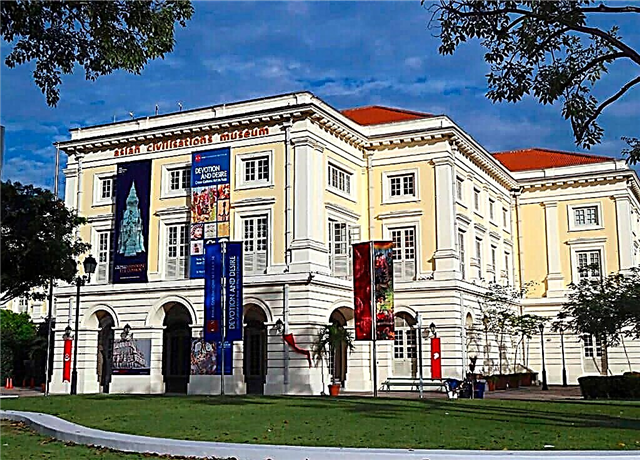
Among the architectural attractions located on the embankment, of interest are the Museum of Asian Civilization, the parliament building, a bridge connecting two river banks in the form of a DNA molecule. House of Arts, Singapore Theater, sculptural monuments, compositions such as First Generation, River Merchants, etc. One can marvel at the shape of the roof like a durian fruit, an air conditioner indistinguishable from a lotus flower.

Night trip along the river on a tourist boat, sightseeing tram, departing every half hour from several quayside piers. You can admire the beauty of the embankment while sitting on an authentic Chinese boat, an amphibious bus, cutting through the river waves. The main problem while walking along the embankment is the task of not missing interesting moments in the sparkling bustle of extraordinary lights.
How to get there
The city's public transport connects all points of the city with the famous promenade. For example, you can go by bus number 2, 33, 12, 54, 147, 190, going from the Clarke Quay metro station. You can walk through Fort Canning Park by getting off at Dhoby Ghau Station. You need to know that the city has a very convenient simple subway system, consisting of four branches leading to all districts of the city. Traveling on the metro is not expensive; various payment options are available. It is a popular public transport mode throughout the country. While parting with the city, you can throw a coin, go to the famous "Fountain of Wealth". Stretch out your palms to him and take with you a small piece of luck, luck, success.

